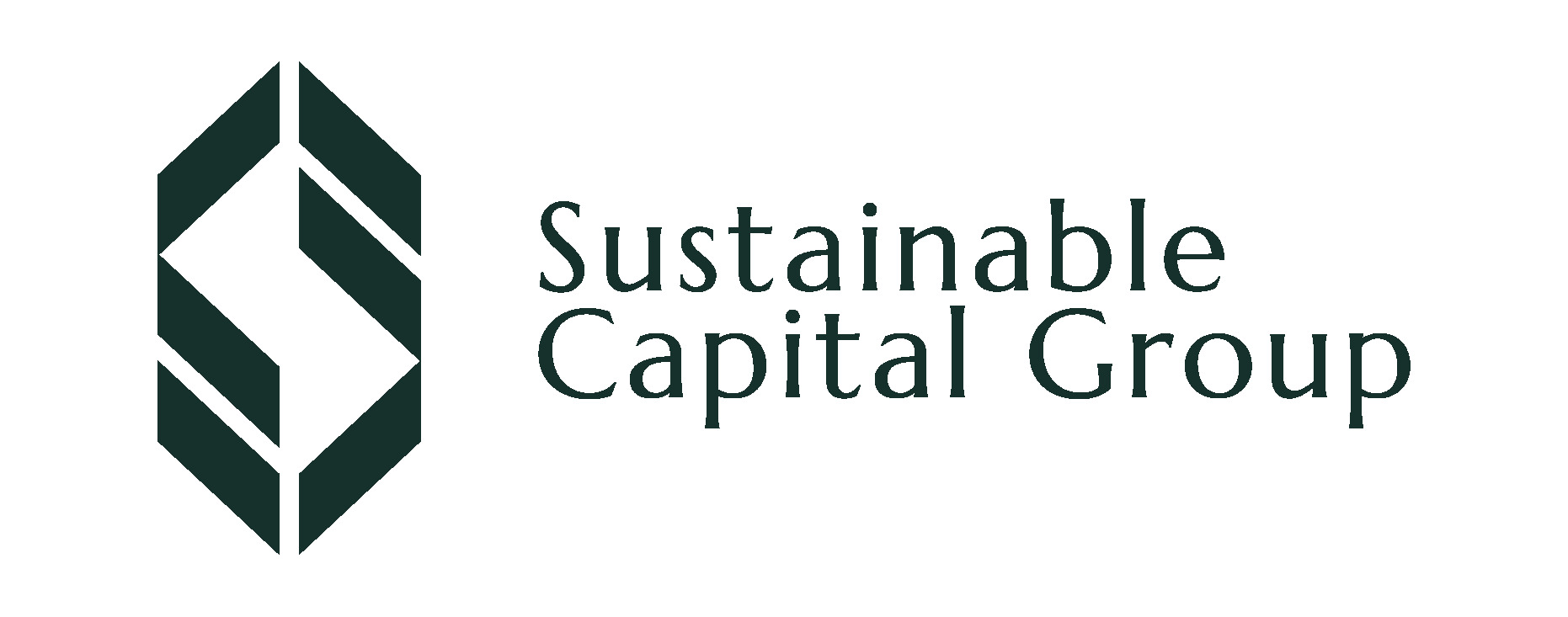“Circular Economy” is a term increasingly used – but increasingly mis-understood. The Ellen MacArthur Foundation has developed a definition(1), but what is important to specify is that it goes beyond merely recycling and renewable energy towards deep systems change all the way along the value chain. In a circular world, non-renewable resource-use is minimised, material is safe and non-toxic, waste is eliminated, and natural systems are regenerated. There is an increasing collection of resources and research on this topic. However, one essential topic is only just coming into the spotlight: how do we finance a circular economy?
A circular economy requires several alterations to product designs(2), regulatory incentives(3), and behaviour(4). But one evolution of critical importance is the investment of capital to redirect business practices and make the circular economy a viable one.
“Circular Economy Finance” is still very much in its nascent stages. Across 2019 to 2021, just 40 bonds issued had a circular-economy focus(5). By 2021, only 9% of Impact Fund managers targeted circular economy as a theme(6). In 2019, the European Investment Bank launched an initiative to target EUR 10 billion of investments into the Circular Economy over the next five years(7). Whilst this is a strong step in the right direction, it is still insignificant compared to the EUR 1.8 trillion annual benefits that moving towards a circular economy could yield in Europe alone by 2030(5), resulting from scaling across industries, creation of jobs, increasing resilience of supply chains, and delivering massive economic growth potential. Not only does this represent a significant financial benefit, but also has the potential to reduce greenhouse gas emissions by 39% by 2050 compared to 2019 levels(8), which puts the world on track to meet the 1.5-degree pathway.
Moving to a Circular Economy requires businesses to narrow, slow, close and regenerate material and energy flows (see this article(9) for more information). These new business models in turn require new methods of financing, new risk assessments, and new allocations of value. Financiers must open their eyes to truly recognise what minimisation of risk to maximise return signifies, with due consideration for the sustainability (and circular) transition. Supporting companies that are successfully developing circular opportunities and avoiding those that present “linear risks”(10) (like “stranded assets” when considering the energy transition) will become the new paradigm.
For instance, product-as-a-service is a business model with circular principles. It slows loops by keeping products in use for longer due to more durable designs, improved maintenance, and repairs. It closes loops by using products again once its useful life to one consumer is over and ensures the return of materials at end-of-life for recycling. These models have different cash-flow profiles and balance sheets to traditional “transfer of ownership” models(5). Value must be sought in the assets, the stability of the contracts and the residual value of products over the long-term, rather than the immediate revenues, margins, and liquidity.
A shift in mindset must occur where material is seen as inherently valuable rather than an endless resource, collaboration is cherished, and one person’s trash is viewed as another’s treasure. Innovation and creativity can be applied to tweak and transform the current array of financial products to cater to circular business models.
Financial institutions can use factoring, circularity-linked loans and bonds, equity and debt hybrid facilities, leasing arrangements, supply chain financing, new risk and pricing models, and several other enabling products to support the circular transition(10). Financial tools and frameworks can formalise the circular economy via measurement, KPIs, approval processes and reporting(5).
The lack of experience in this new economic paradigm can be daunting. We at Sustainable Capital Group are tackling this apprehension by combining our financial expertise along with our knowledge of circular economy principles that provides us with a firm grasp on the intricacies of circular business models. We are building a thorough and critical assessment process to ensure the companies we support to raise financing are indeed financially and environmentally viable.
We are taking on the task of devising innovative financial products to support companies across the entire suite, from high-growth innovators seeking equity, to asset-intense developers pursuing project financing, to established corporates on the journey to transition with circularity-linked bonds.
Our deep understanding of sustainability regulation, namely the EU Taxonomy and the Sustainable Finance Disclosure Regulation, can guarantee to our investor network that the opportunities we present are aligned with these standards. Our Sustainable Finance Regulatory Service can guide investors on defining their own circular strategies and roadmaps towards compliance, incorporating data collection and management systems for circular portfolio companies, and identifying the level of disclosure and reporting needs at the investor level.
Alicia Glennon, Director Corporate Finance | focus on Circularity and Waste Sustainable Capital Group
Recommended Resources
- Circle Economy
- Ellen MacArthur Foundation
- European Investment Bank in the Circular Economy
- PACE Circular
- r3.0
Sources:
- Ellen MacArthur Foundation – What is a Circular Economy? https://ellenmacarthurfoundation.org/topics/circular-economy-introduction/overview
- Ellen MacArthur Foundation – The Circular Product Design Framework https://www.circle-economy.com/resources/circular-product-design-framework
- European Commission – Circular Economy Action Plan https://environment.ec.europa.eu/strategy/circular-economy-action-plan_en
- CSCP – Consumer Behaviour in the Circular Economy https://www.cscp.org/consumer-behaviour/
- Ellen MacArthur Foundation – Financing the Circular Economy: Capturing the Opportunity (2020) https://ellenmacarthurfoundation.org/topics/finance/overview?gclid=EAIaIQobChMIhPGyteCn-QIVyI1oCR0J6QiWEAMYAiAAEgLtmvD_BwE
- Phenix Capital – Impact Report: Circular Economy Funds at a Glance (August, 2022) https://phenixcapitalgroup-19884981.hs-sites.com/download-circular-economies-impact-report-2022
- European Investment Bank – EUR 10 billion to support the Circular Economy in the EU (18 July, 2019) https://www.eib.org/en/press/all/2019-191-eur-10-billion-to-support-the-circular-economy-in-the-eu
- The Circularity Gap Report (2022) https://circulars.iclei.org/wp-content/uploads/2022/02/1.-Report_-CGR-Global-2022.pdf
- Jan, K., Bocken, N. and Hultink, E. (2020) – Circular Ecosystem Innovation: An Initial Set Of Principles, Journal of Cleaner Production https://www.researchgate.net/publication/338286462_Circular_Ecosystem_Innovation_An_Initial_Set_Of_Principles
- FinanCE Working Group – Money makes the world go round (and will it help make the economy circular as well?) (2016) https://www.researchgate.net/publication/338286462_Circular_Ecosystem_Innovation_An_Initial_Set_Of_Principles







